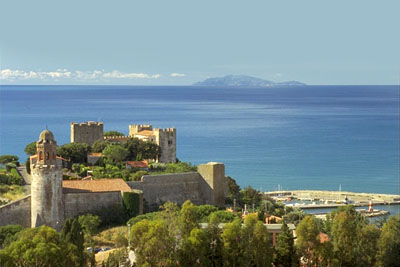
Follonica is a town and comune (township) of the province of Grosseto in Tuscany. Follonica is about 40 km north west of the Grosseto.
It was founded in 1834 by Grand Duke Leopold II of Tuscany for the workers of a new ironworks plant. However, the area was already settled in Etruscan and Roman times. The ruins of the medieval castle Castello di Valli, built in 884 AD, overlook the modern town from a nearby hill.
Follonica is a popular tourist site during the summer for Italians. The city has been awarded the Bandiera Blu (“Blue Flag”) every year for the cleanliness of its beaches and seawater.
The most important beaches are:
Cala Violina
Carbonifera
Torre Mozza
Pratoranieri
Cala Martina
More informations on:
www.comune.follonica.gr.it
www.follonica-apartments.com
www.prolocofollonica.it




